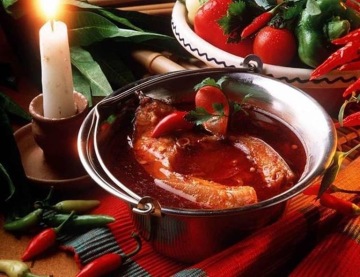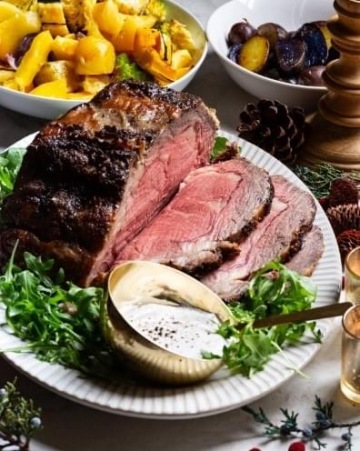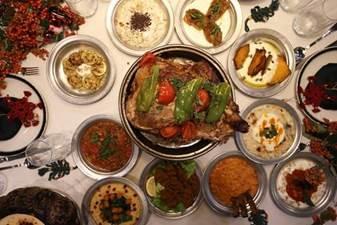No Hungarian family’s table is complete without Halászlé
16. December 2021

Sinkó Ferenc, GC&C ACEER Head of Client
and Broker Management, Generali
“Wishing you all a very happy Christmas spent with your family and friends. I hope we will reach new successes together in 2022.”
For lunch on December 24th, we have Lenten, meat-free, light foods. Based on an old tradition, each family member breaks down a piece of each dish and puts it on a common plate in the middle of the table. This is known as the “Plate of Poors.” In the old days, this food was then given to poor people.
If there is no poor man in the village, the oldest female member of the family will bury the pieces of food in the garden. If flowers bloom in this area in the spring, they say: “The poors thank you for the donation.”
“Halászlé,” as a traditional dish (translates to Fisherman’s soup), is a hot, bright red soup, prepared with generous amounts of hot paprika and nice slices of catfish or carp. It is a popular celebratory dish, often served during Christmas Eve. Halászlé is a kind of starter for the popular Hungarian Christmas menu. After the soup, the traditional main dish is “Rántott hal” (fried catfish or carp horseshoes breaded with flour, eggs and breadcrumbs) with potato salad. The name of the traditional Christmas cake is “Bejgli,” which is a cake roll filled with sweeten and ground poppy seeds, nuts or marron.


INGREDIENTS (for Szeged-style Halászlé)
2 – 2.5 kg carp (for passage and some horseshoes insert)
1 horseshoe/person of great or grey catfish
approx. 1 kg mixed, small river fish (for passage)
milt and fish roe, to taste
3 pcs chopped onion (larger)
2 pcs fresh tomato or 1 tablespoon tomato puree
1 piece green, hot fresh paprika (pepper) OR ½ a piece of fresh Hungarian hot cherry paprika (pepper)
½ piece of dried Hungarian hot cherry paprika (pepper)
salt and black pepper, to taste
3-4 tablespoons Hungarian red pepper powder (mild)
water
DIRECTIONS
Step 1
- Clean the fish and wash it, saving the roe and milt.
- Cut off the head and tail of the carp and chop the body into 5 cm pieces. Sprinkle the biggest slices of the chopped carp (approx. 1 slice/person) and the catfish horseshoes with salt, cover and set aside in the refrigerator.
- For the concentrated fish broth, start by cooking the mix of small river fish together with the carp head, tail and the chopped part of the body, the chopped onion, fresh tomato or tomato puree and enough water to barely cover the fish. Boil over moderate heat for an hour.
- Then mash the mixture through a colander (strainer), and then filter it once more to make sure that no fishbone or splint has got into it in any way.
Step 2
- To the previously prepared soup base (concentrated broth), add 625 ml (2 1/2 cups) cold water, the salted slices of fish, the milt and the roe. Season with salt and black pepper and fresh and dried hot paprika to taste.
- Boil over moderate heat for 10-15 minutes until the fish is cooked. At the end sprinkle the stew with the paprika powder and cook for another 10 minutes.
If it’s not hot enough, put a few slices of fresh, hot paprika on your plate before serving the soup.
Jó étvágyat ! (Enjoy!)



